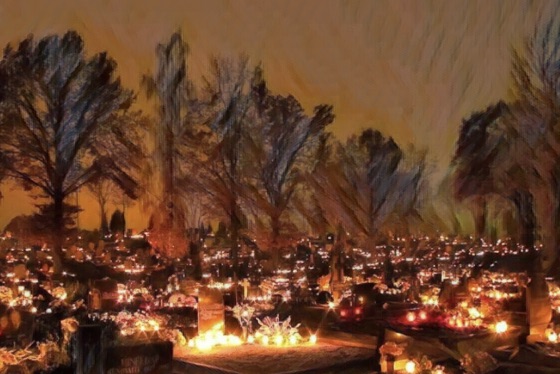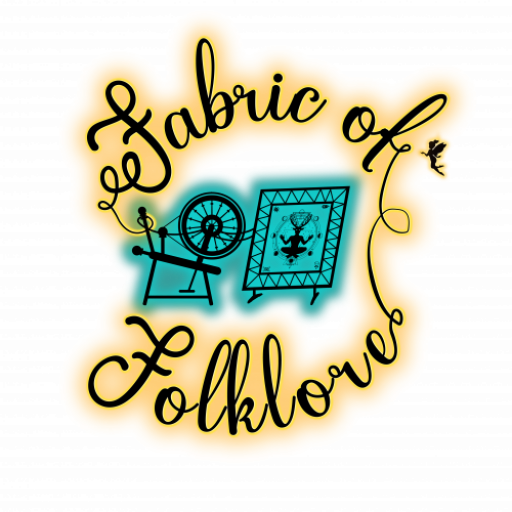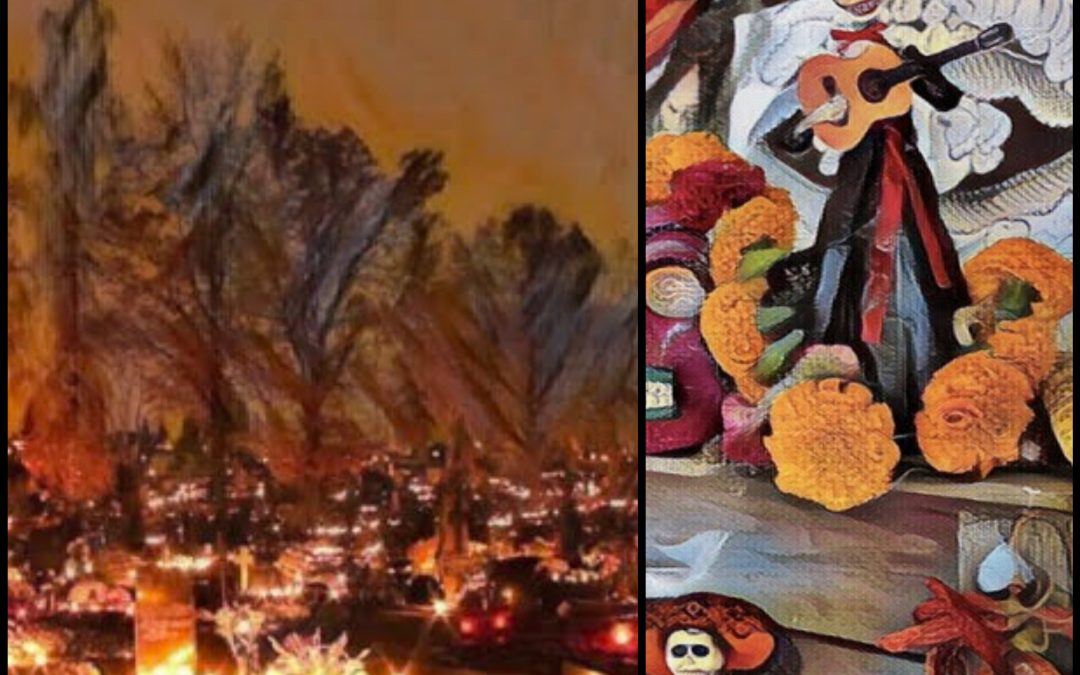Across cultures and civilizations, the bond between the living and the spirit world is a profound aspect of human existence. Ben Stimpson, a folklorist, therapist and author of Ancestral Whispers: A Guide to Building Ancestral Veneration Practices spoke to us about rituals and practices from all over the world to connect with one’s ancestors. But what had me intrigued about comparing Lithuanian’s Day of the Dead celebration with the Mexican version was Dr. Francis Young’s mention in episode 23 of the celebration of Vėlinės, in Lithuania. The two traditions sounded so similar to one another. Both celebrations share commonalities in their themes and practices of remembrance of ancestors. In this post, we will explore what they share in common, but also what sets them apart.


Vėlinės in Lithuania: Honoring Ancestral Spirits
Vėlinės, which means “spirits” or “shadows” in Lithuanian, is also known as “All Souls’ Day” or “Day of the Dead,” is one of the more intense traditions in Lithuania. Taking place on November 2nd, Vėlinės is a day to commemorate deceased loved ones and pay homage to ancestral spirits. Baltic tribes believed that a spirit separates from the body when a person dies but does not travel far. Families typically visit cemeteries to clean and decorate graves with candles, flowers, symbolic offerings so that the spirit can visit the living and communicate with them. The atmosphere is contemplative and somber, as individuals reflect on the memories and legacy of those who have passed away.
The roots of Vėlinės can be traced back to pre-Christian pagan beliefs that acknowledge the continuity of life after death. This indigenous connection between the living and the dead underscores the spiritual and communal aspects of the celebration. Candles are more common today, but bonfires where sacrifices to pagan gods, especially the god of thunder, were the more commonly practiced ancient tradition. Over time, Christian influences merged with these pagan practices, leading to the incorporation of christian religious rituals alongside traditional customs leftover from Lithuanian’s pagan roots.
Dia de los Muertos: A Vibrant Mexican Tradition
Dia de los Muertos, celebrated on November 1st and 2nd, is one of Mexico’s most iconic festivals. This vibrant and colorful event centers around the belief that the spirits of the deceased return to the world of the living during these days. Altars, known as “ofrendas,” are constructed in homes and cemeteries, adorned with marigolds, sugar skulls, photographs, favorite foods, and personal items of the departed. Families create a welcoming environment to encourage the spirits to visit and partake in the festivities.
The origins of Dia de los Muertos can be traced back to ancient Aztec rituals dedicated to the goddess Mictecacihuatl, the “Lady of the Dead.” Spanish colonization and the influence of Catholicism led to the merging of indigenous practices with Christian traditions, resulting in the modern celebration of Dia de los Muertos.
Common Themes and Unique Traits
While Vėlinės and Dia de los Muertos both celebrate the connection between the living and the dead at the start of November. The similarities in timing between these two celebrations can be attributed to their common connection to the Catholic liturgical calendar and its observance of All Saints’ Day (November 1st) and All Souls’ Day (November 2nd). Other commonalities include the use of altars or graveside offerings, the lighting of candles to guide spirits, the mixture of indigenous practices with christian ones, the belief in a temporary reunion between the realms of the living and the departed.
What sets these celebrations apart are their visual aesthetics and cultural contexts. Vėlinės in Lithuania are marked by a more subdued and introspective atmosphere, with a focus on solemnity and personal reflection. Dia de los Muertos, on the other hand, is characterized by its vibrant colors, lively parades, and festive atmosphere, reflecting Mexico’s lively and expressive culture.
Global Comparisons
Vėlinės in Lithuania and Dia de Los Muertos are hardly the only celebrations to commune with the spirt world. Beyond Lithuania and Mexico, similar commemorative celebrations are observed worldwide. Obon in Japan, Qingming Festival in China, Pchum Ben in Cambodia, and Samhain in Celtic cultures all share the common theme of honoring ancestors and remembering those no longer in the world of the living. These celebrations, like Velines and Dia de los Muertos, also include rituals such as cleaning graves, offering food and incense, and performing dances or processions.
In Conclusion
Vėlinės, Dia de los Muertos, along with other ancestral celebrations and practices are powerful expressions of humanity’s relationship with mortality and the afterlife. These celebrations, while stemming from different cultural backgrounds, remind us of our shared experiences and emotions when it comes to loss and remembrance. I continue to be astounded at the rich ways in which folklore shows us that we are more alike than different.
Do you take part in a ritual or celebration to honor your ancestors in the land of the dead? Tell us about your experience in the comment section.

